Written by Guest Contributor on The Prepper Journal.
Editors Note: An article from John Lewis to The Prepper Journal. As always, if you have information for Preppers that you would like to share and be entered into the Prepper Writing Contest with a chance to win one of three Amazon Gift Cards with the top prize being a $300 card to purchase your own prepping supplies!
A GPS is one of the important tools you must have in your bug-out bag. This is one of the most effective tool to help inform you ‘where you are’, which consist of three essential components namely your position, your orientation and the intended direction you want to go.
It is only by using the GPS effectively that you can navigate your way with ease. GPS here would refer more towards handheld hunting GPS systems rather than the Global Positioning System used in vehicle/transportation navigation per SE. While they both operate on a shared signal the end-product filtering is specific to the medium of travel – overlaid on known roads and channels vs unrestricted access to all that is in front of you, no matter which way you turn.
Utilizing Distress Signals to Keep Yourself Safe in Times of Trouble
You can choose to make use of the distress signals and navigational aids for your GPS. You can do so by utilizing the two kinds of transmitters that can give out distress signals, which are personal locator beacons and satellite messengers. The personal locator beacons are usually used only when a person is faced with extreme emergency situations. It uses the Distress Alerting Satellite System (DASS) which is controlled by NASA to track distress signals.
We would commonly utilize satellite messengers as navigational aids to inform our rescuers where we are so that can focus on rescuing us rather than ‘searching’ us. Remember to put an adapter into your GPS to allow this function because most GPS units only contain receivers which are incapable of sending out distress signals.
Do Scouting Before You Go on Your Next Trip
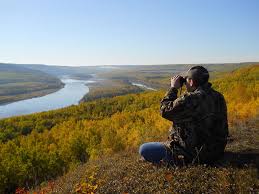
Scouting is one essential thing you have to know how to do because it can make your outdoor trip a success. Basically, you have to first utilize computer maps to understand how the surroundings appear. Next, you can put several markings on a path which interest you. Later, you can transfer those markings as way points into your GPS, the electronic breadcrumbs Hansel would have loved to have.
When you are outdoors hiking or hunting, you can use these waypoints as a reference on where you should go. The thing you have to make sure is that your GPS has sufficient memory to store all the waypoints you would like to put. If you employ this method and scout before you go to your next destination, you would be able to keep yourself on track while having a better understanding of your surroundings.
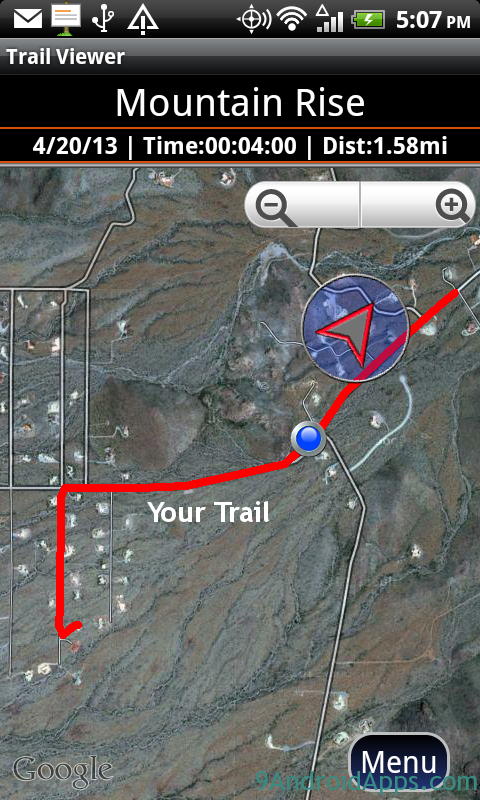
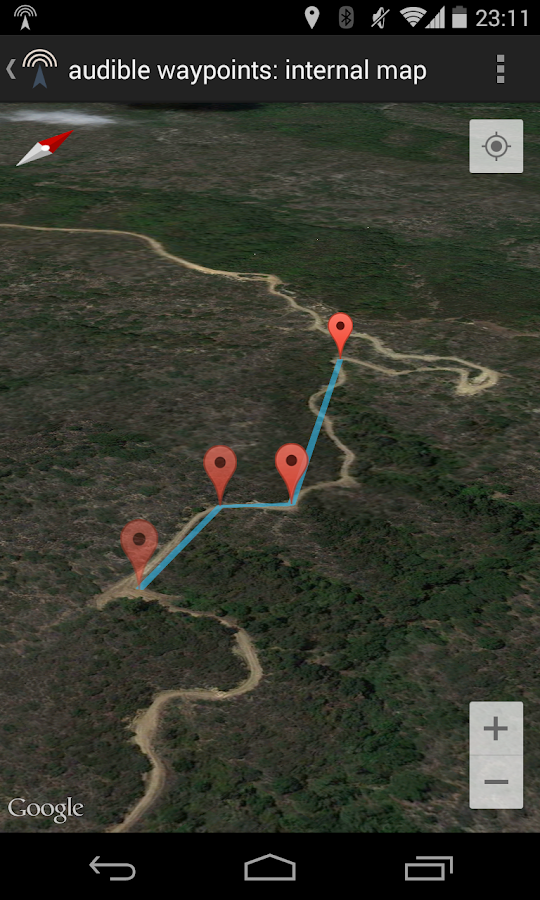
Adding your own Point of Interests (POI) is a relatively easy thing to do as well! Usually, the POI information in most GPS is either outdated or lacking in information that we really require.
Keep Your GPS Software Updated
Usually, your GPS manufacturer would provide firmware updates for free. These updates are really useful because it can help make your GPS function smoother than before and it can help fix some system glitches. Do keep in mind that your GPS needs a current list of all mapped places to be truly effective. Fortunately, keeping your device updated only involves a simple process.
First, you can connect your device to your computer and make sure your device is powered on. Using Garmin devices as an example, you just have to install Garmin Express in your computer and have an account to install updates. As for other units like Megellan, you can try searching its support page.
For firmware updates, the manufacturers would usually provide it for free. However, you may need to pay a fee to update maps. Also, be sure to keep you GPS in good shape. Clean the screen with an eyeglass lens cleaner as opposed to harsher chemicals and avoid abrasive paper towels or cloths for clean microfiber pads.
Explore Different Navigation Methods
With a wide spectrum of GPS systems to choose from, you can also choose how you would like to navigate from point A to point B using a GPS. You can have 3-D locations which you can navigate on your GPS screen, but this method would require a huge memory capacity on your device. Another method is to input Point of Interest in your GPS and simply follow the POI that you set.
You can employ different navigation styles to know which of them best fit you in various situations. You may want to navigate by touching the maps on screen if you want to know where a certain destination is. However, you may only want to navigate following the way points you saved in your GPS if you are on foot. This would influence how effectively you are able to move from one place to another.
Using Your GPS to Help You Get Your Game
For specific activities, a GPS can be used specifically to benefit you in carrying out those activities. For hunting, a GPS can aid you by searching direct routes to your favorite hunting spots. You can even know how to place your tree-stands by using the information given by your GPS.
Usually, it is better for us to stand on a tree-stand with north wind because it helps to push our shots forward. With a GPS, you can determine which tree-stand can give you this result at that particular time of the day. Furthermore, you can navigate your way to a tree stand in the dark using your GPS, which means that you won’t expose your honey-hole to other hunters!
Other benefits include helping you determine whether the land you are crossing is public land or private land, and, if the latter, drive you to search for either the most direct through or to a point of interest where you can seek the owners consent to hunt or pass through. All these benefits can extend to when you are mountaineering as well!
Conclusion
By understanding how to use a GPS, you would have an edge to go to the places you want in the most effective way possible. Selecting the most suitable GPS for yourself would be an important aspect as well. There are several aspects to consider including the screen size, whether you are more comfortable navigating using buttons or touch-screen and whether it is durable enough to sustain what you plan to go through. Also power consumption, a fully bright color screen is cool but it drains battery power much faster than a monochrome screen. Obviously also consider battery life, if it can be recharged by your portable charging devices, the use of solar, etc.
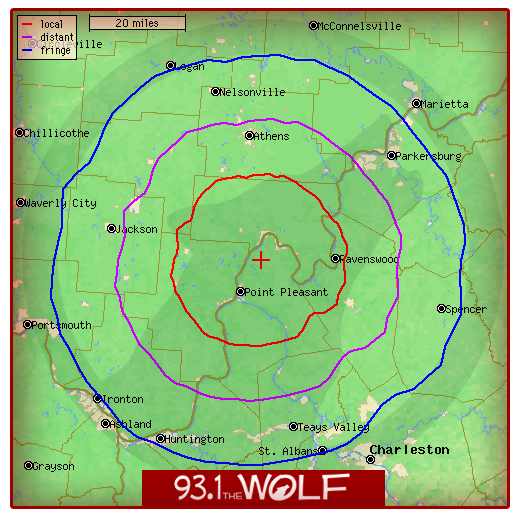
Other important aspects would be how good you need the satellite reception to be especially if you like to travel deep into the woods which usually has minimal reception. The map images above serve as examples of coverage in small city areas for commercial stations; true radio mapping surveys are sometimes classified, depending on what is in the area of the survey. They do serve as an example of the limits of coverage based on many factors. The “know before you go” can’t be over stressed. The memory capacity is also an important thing to consider, especially the availability of an MicroSD Card slot for your GPS. If you select the most suitable GPS for yourself and make the most out of your GPS, you can definitely navigate effectively!
John Lewis is a blogger, survivalist and outdoor enthusiast who can be reached at Epic Wilderness.
Follow The Prepper Journal on Facebook!
The post GPS Hacks: 5 essential things you must know about your GPS appeared first on The Prepper Journal.
from The Prepper Journal
Don't forget to visit the store and pick up some gear at The COR Outfitters. How prepared are you for emergencies?
#SurvivalFirestarter #SurvivalBugOutBackpack #PrepperSurvivalPack #SHTFGear #SHTFBag

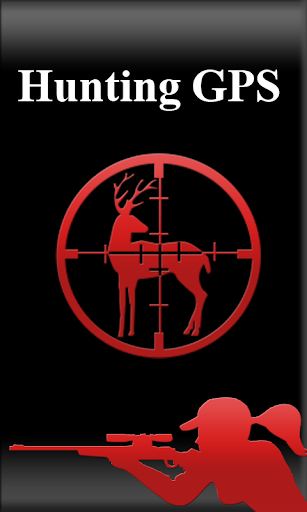
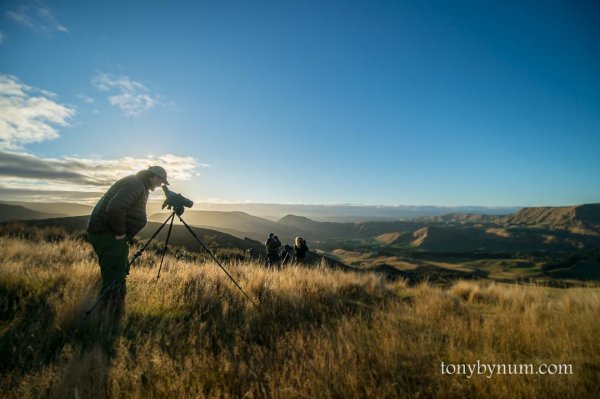
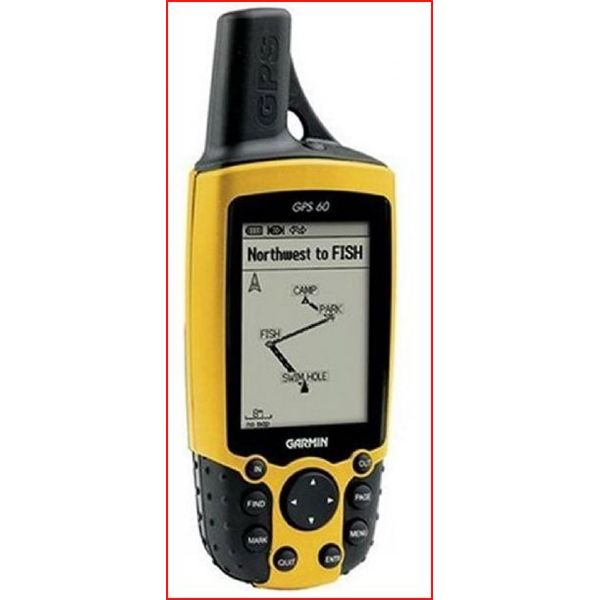
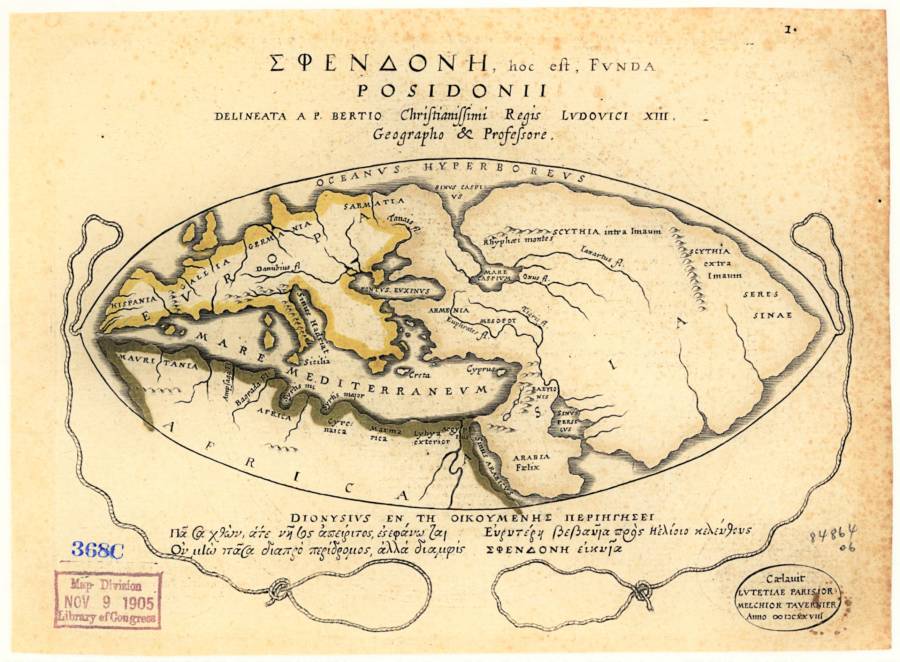
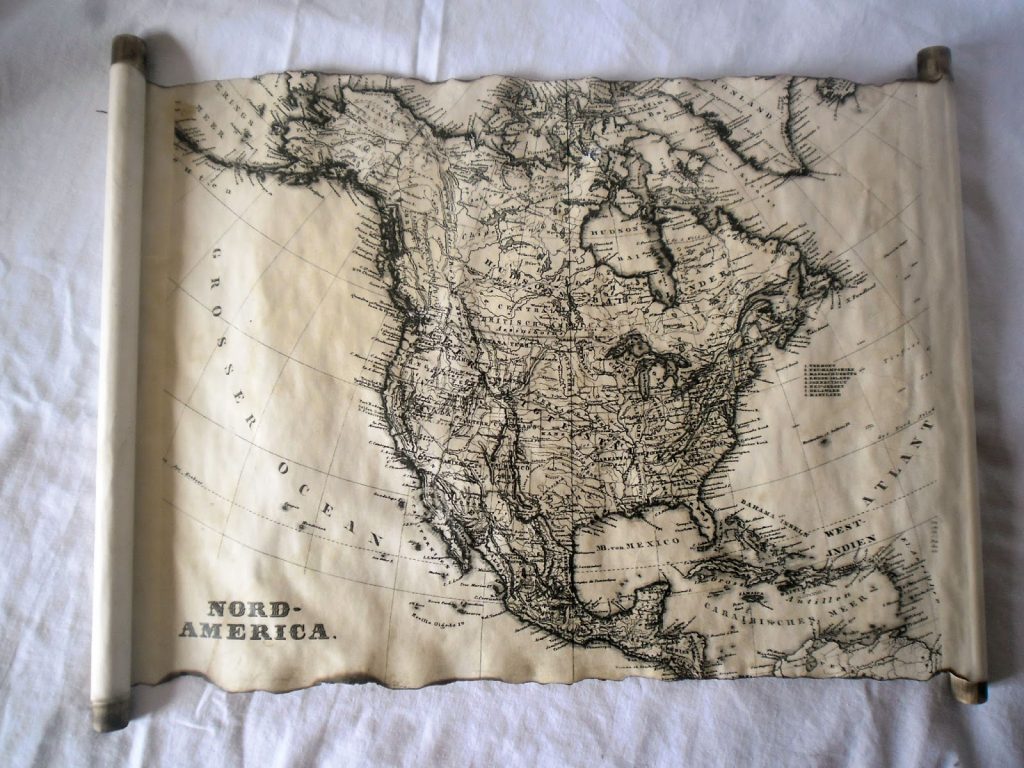
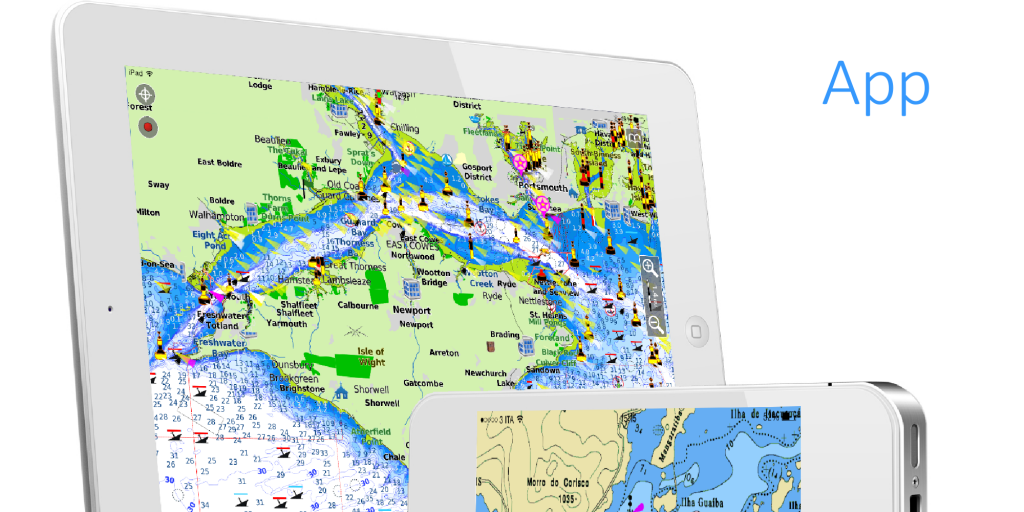

No comments:
Post a Comment